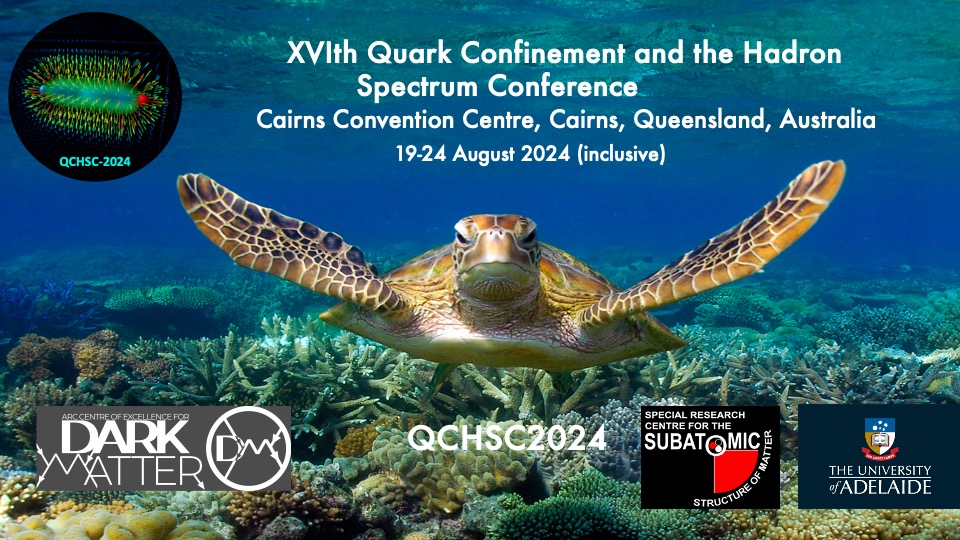Speaker
Description
Heavy quarks may be produced in the earliest stage of ultra-relativistic heavy-ion collisions, and may or may not bind into quarkonia. They probe the full evolution of the strongly-coupled medium created in these collisions.
In-medium quarkonia are subject to a dynamical melting process, which can be understood in terms of the static potential. EFT calculations predict a complex potential, that is Debye screened only in hierarchies between thermal and nonrelativistic scales that are irrelevant for the melting. Previous lattice results suggested the existence of an imaginary part, but remained inconclusive regarding Debye screening. The recent calculation in (2+1)-flavor QCD across the temperature window 195 MeV < T< 352 MeV reveals an imaginary part larger than perturbative predictions, but no evidence for Debye screening [2], consistent with recent results in the quenched approximation [3].
The kinetic thermalization of unbound heavy quarks is understood in terms of the spatial heavy quark diffusion coefficient $D_s$. The first results of $D_s$ for static heavy quarks with unphysical quark sea covered the same temperature window [4]. The extension to physical charm and bottom quark masses reveals a rather small heavy-quark mass dependence [5]. The light sea quarks are known to be more important close to the crossover, but less important at higher temperatures, where both an approach to perturbation theory and to the quenched case is expected. We extend these studies with physical quark sea to lower and with unphysical quark sea to higher temperatures, thus mapping out the quark sea dependence in the temperature window from around $T\simeq$ 150 to 500 MeV.
REFERENCES:
[1] D. Bala et al., Phys.Rev.D 105 (2022) 5, 054513
[2] A. Bazavov et al., Phys.Rev.D 109 (2024) 7, 074504
[3] R. N. Larsen et al., arXiv:2402.10819 [hep-lat]
[4] L. Altenkort et al., PRL 130 (2023) 23, 231902
[5] L. Altenkort et al., PRL 132 (2024) 5, 051902

